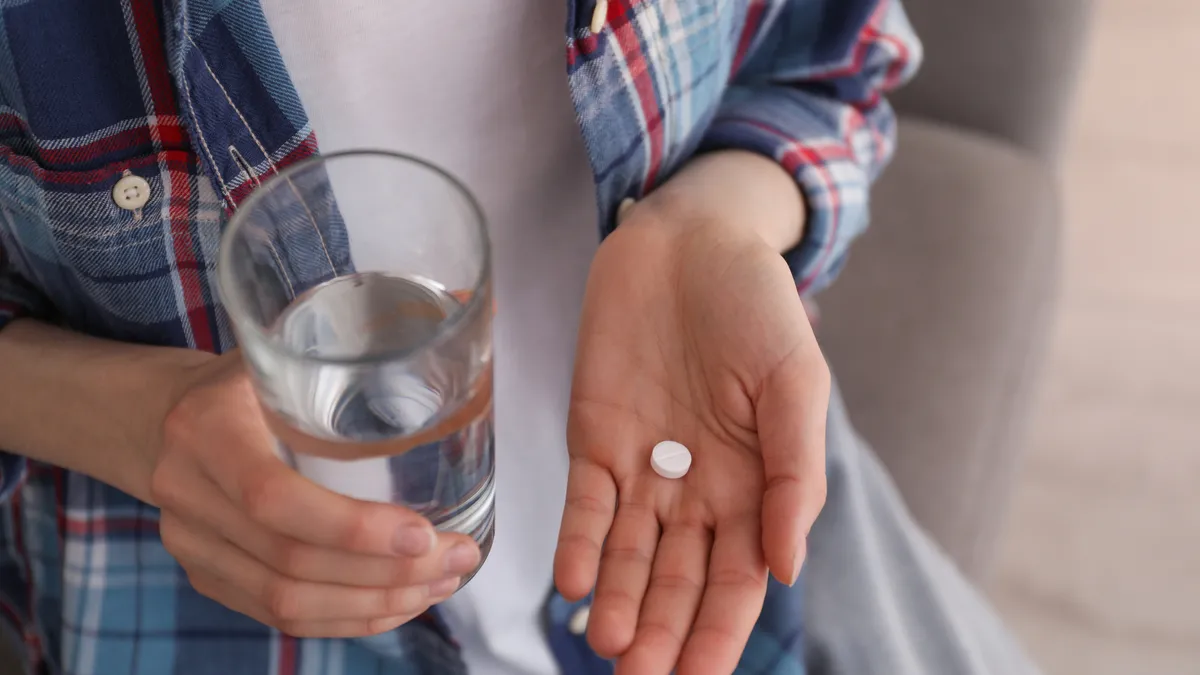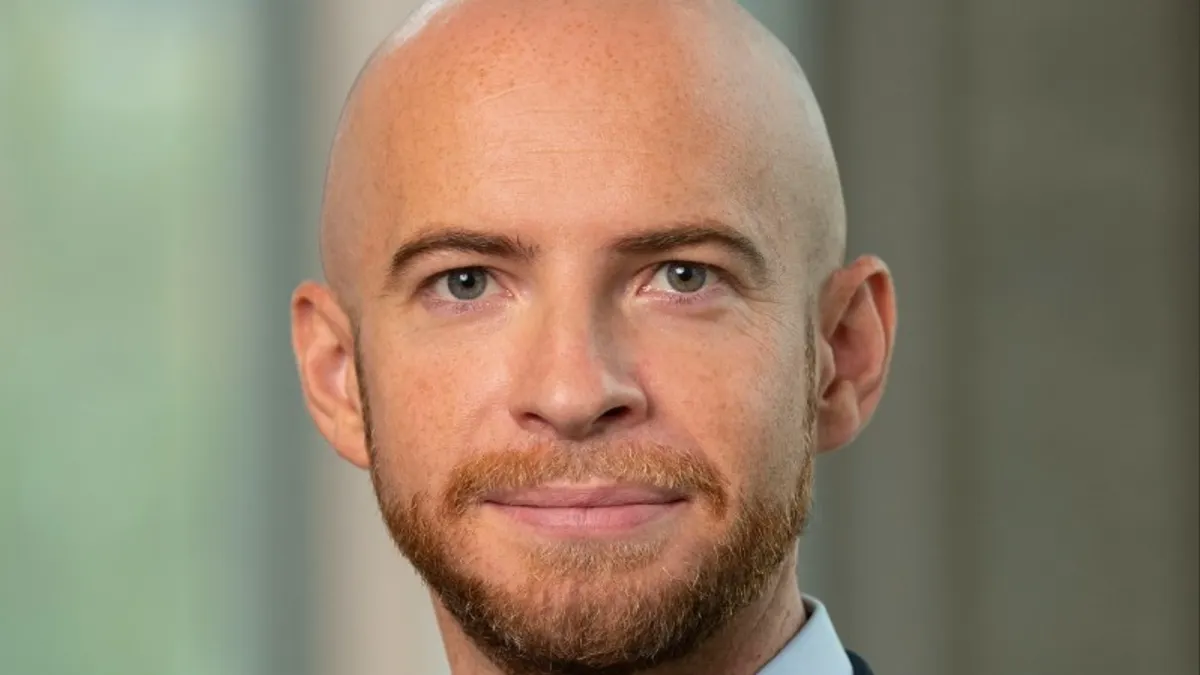People say necessity is the mother of invention, but for Sean Tucker, Vaxart’s senior vice president and chief scientific officer, it was merely inconvenience.

“I could never get a flu shot every year, because I just felt like I couldn't spend the time to go up the hill and wait in line and get my injection,” he says. “But I thought, if someone sent me a tablet every year, I would take the vaccine, no questions asked. So, we just spent 10 years trying to develop an oral tablet vaccine approach that can be used with any indication.”
Today, it appears that the fruits of that labor — a delivery platform to administer vaccines orally — is poised to pay off.
The company announced data in July from a phase 1 trial that found a Spike/Nucleocapsid (S+N) oral tablet COVID-19 vaccine appeared to stimulate mucosal immunity against the virus in all the variants that it tested. This immune response lasted for at least six months after immunization and up to a year in some people after a single dose. Mucosal immunity, a target being chased by a crop of nasal vaccines under development, primes immune responders in the respiratory tract and intestines to act quickly, making it less likely that people will get sick or spread the disease to others. Some see it as a way to break the chain of transmission and finally get the pandemic under control.
A tablet vaccine has some advantages over a shot, says Tucker. Not only does it appeal to the needle-averse, but it’s also easy to transport and store. The COVID-19 vaccine isn’t Vaxart’s only oral vaccine under development. The company has oral recombinant vaccines in the pipeline for viruses that include influenza, norovirus and RSV. It also has a therapeutic vaccine in the works for human papilloma virus (HPV).
Here, Tucker discusses the promise of a COVID-19 vaccine pill.
This interview has been edited for length and clarity.
PharmaVoice: Are there challenges related to creating effective oral vaccines, and is this the reason why more of them don’t exist?
Sean Tucker: Yes. If you just put a protein in the intestines, it gets digested like food. You don't create an immune response because you don't want to be allergic to your food, essentially. And so we had to basically put the protein in the intestines and put it into context where the immune system would see it not as food but as a foreign invader, and then mount an immune response against it. And that was a really big challenge and it took several years for us to figure that out. Once we figured out that problem and how to solve it, we also had to solve a different problem, which was how to get that material through the stomach and into the right part of the intestine.
How could this oral vaccine approach help with COVID-19?
It's possibly a very potent way to get what you need, cross protective responses and something that can actually block infection. So actually, people are really bullish now on the idea that maybe we need to do something differently than just injecting someone every three months and waiting for the antibodies to die down and then boosting for the next strain. We think that mucosal response could be very potent.
Is it possible that people would have to take this vaccine less frequently to retain protection against COVID-19?
We think that we could be much more cross-reactive, so it's less likely that when the new strain comes out, it is able to circumvent your immune response. Our hope is that we're not going to have to do something where we have to make four shots a year, or four tablets. We think we can do better than that. So, that's one of the goals from the standpoint of what we're trying to do — have something that's going to last longer against the upcoming strains.
Where are you in the development process right now?
We completed a phase 1 [study] using our first construct, which has both the S and the N protein. We are about ready to complete this quarter a study using an S-only construct, and we will figure out from that what we are doing next. But our plan is, once we're done with this phase 2a and understanding how it works with both people that are naive to vaccines or have taken mRNA vaccines, then we'll go into an efficacy study, phase 2, outside the U.S., most likely in India. And then we'll see if this actually works in a real field study. We'd like to show that we can prevent infection and certainly serious infection and disease. That’s the goal for that study. If that all checks out, we'd like to go and push forward to the regulatory agencies and ask what it takes to get licensure.
What is the earliest that you think this vaccine could be available in the U.S.?
Well, realistically it's going to take more than a year to get to the point where we have enough data that we can go to the FDA and say, ‘Hey, we have something.’ The fastest we could possibly go is probably 18 months. That’s probably unrealistic because it just takes longer to do things, so probably a couple of years.
Part of it depends on what happens with the virus. If the virus outbreak is really severe and the mRNA vaccines aren’t working and we get the full weight of the U.S. government behind us, then we could go a lot faster, and we could get potentially an emergency use authorization in a year.


















